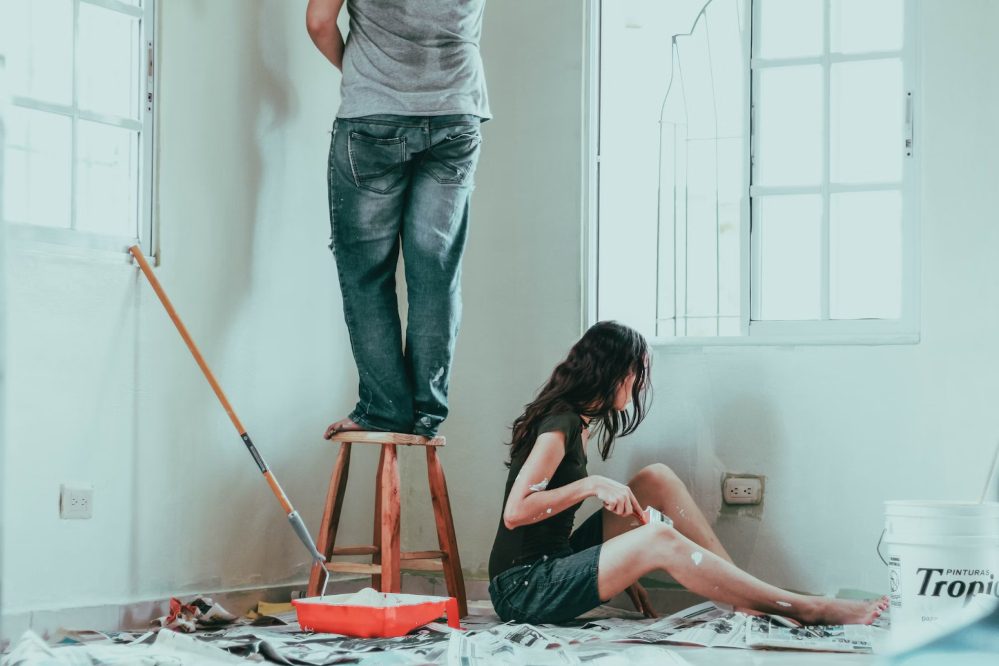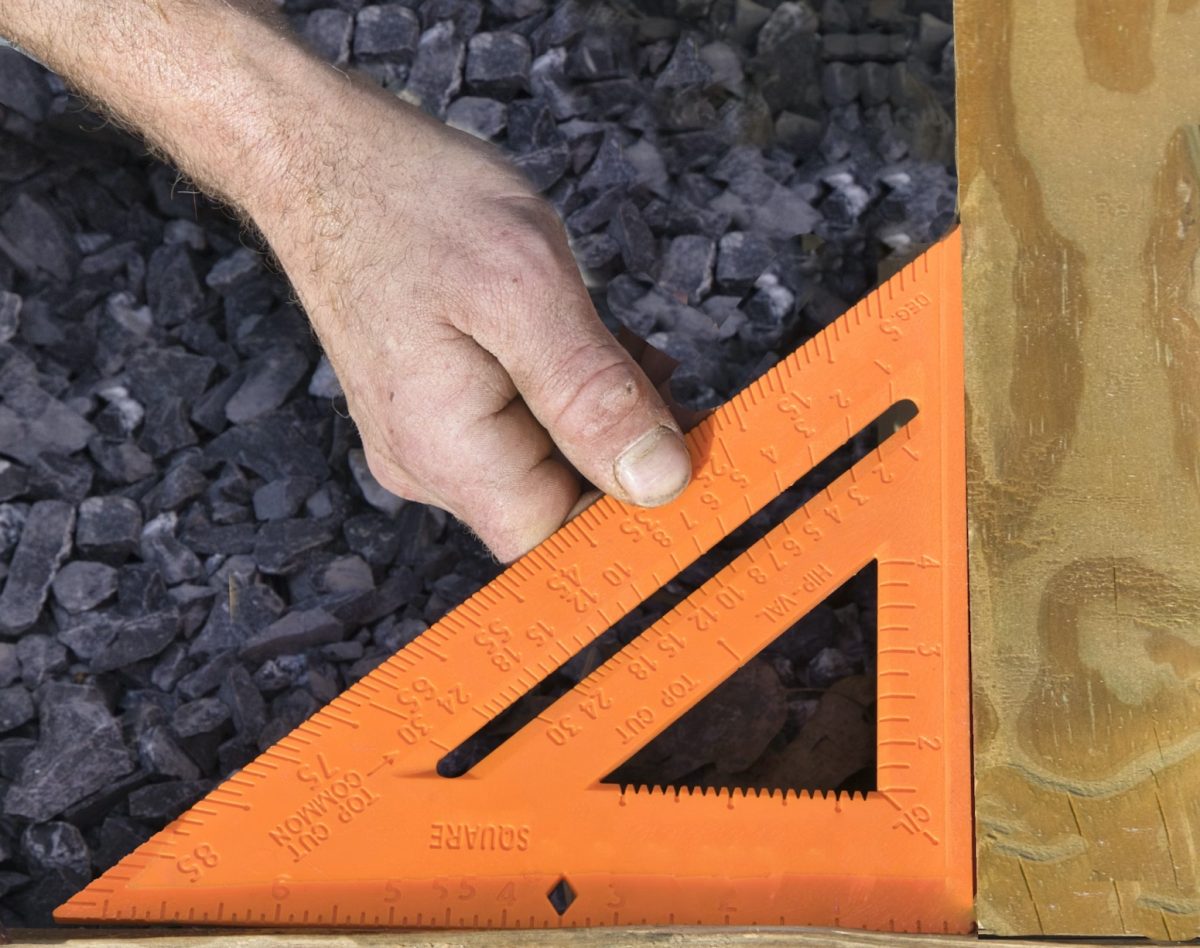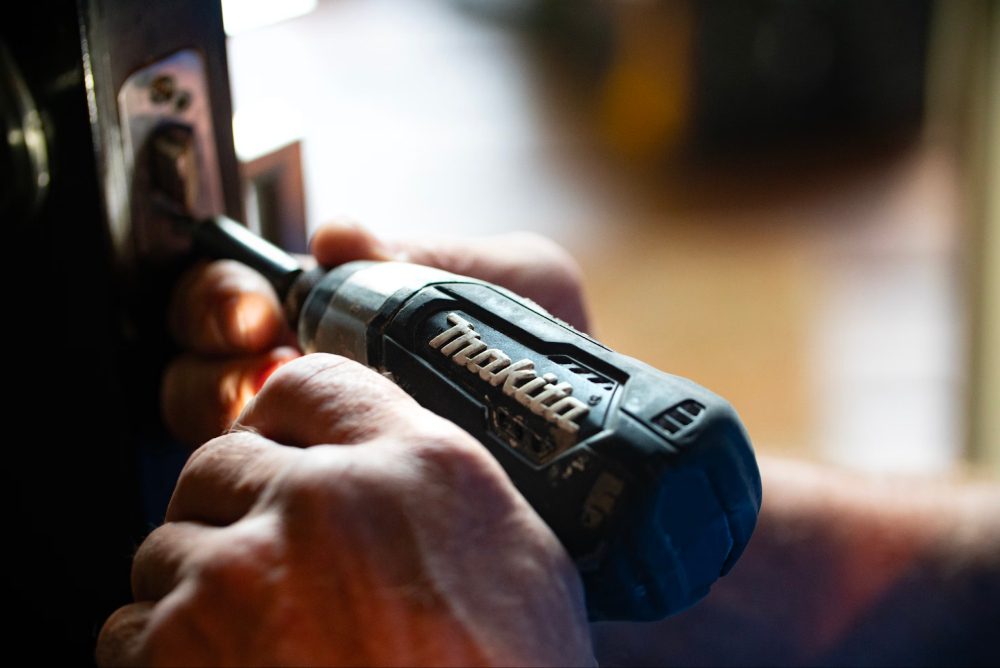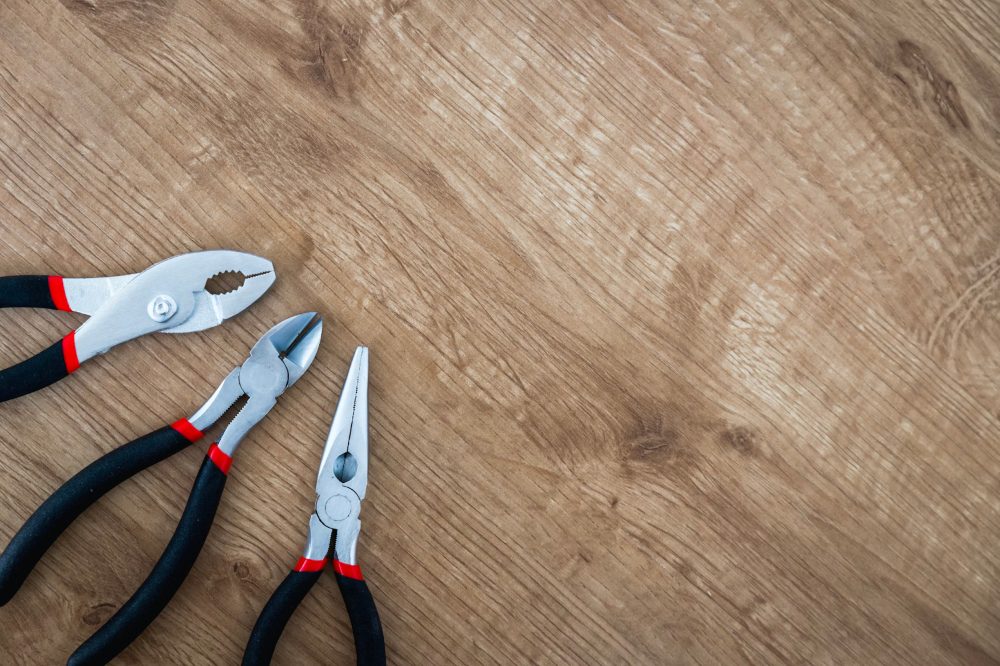Get the week's most popular posts delivered to your inbox.
Our weekly update is free yet priceless and you're less than a minute away from getting the current edition.
In the unlikely event we disappoint, you can unsubscribe with a single click!
Last Updated on August 14, 2025 by teamobn
Being handy is more of a need than a hobby these days. Students will be better equipped for life’s challenges with these home repair skills. They can live independently after this. Home cleaning and life skills like fixing a hole in the wall or replacing a leaking faucet will be taught. Better at these things, people value independence and saving money more.
After the home repair project, students will comprehend some useful concepts that will assist them in understanding the class’s more abstract issues. Developing new talents provides long-term benefits beyond tackling current issues. They prepare for success, confidence, and comprehension.
Contents
Beyond the Classroom: The Lifelong Benefits of Home Repair Skills for Students
Problems in the world may teach us something new and help us become better. Curious to come along? In this article, we will discuss learning home repair skills to demonstrate how being an expert might transform the little joys in your life.
Achieving Self-Sufficiency via Skill Development
Embarking on the journey towards self-sufficiency marks a pivotal phase in a student’s life. It’s a time filled with challenges, yet it’s these very challenges that forge strength and determination. A crucial aspect of this journey involves empowering students with home repair skills. More than just practical abilities, these skills nurture an attitude of proactive problem-solving and lifelong learning.
Students’ Path to Self-reliance
The quest for self-reliance often begins with students stepping beyond their classroom learning. A prime example is mastering basic home repairs. When students learn to fix a leaky tap or change a light bulb on their own, they don’t just fix household items; they build confidence and independence. These practical skills are invaluable, enabling students to tackle tough situations on their own, gradually reducing their dependence on others.
Linking Theory With Practice
A significant part of education is bridging the gap between theoretical knowledge and its practical application. When students connect classroom theories with real-world tasks, like home repairs, their understanding deepens. For instance, applying a classroom lesson on measurements to paint a wall or fixing an electrical circuit reinforces the relevance and usefulness of their academic learning.
Balancing Practical Skills With Academic Strengths
Not all students excel in the same areas. While some may thrive in hands-on tasks like home repairs, others might find academic pursuits more challenging.
Here, finding the right support is key. Online writing services can be a lifeline for students seeking to bolster their academic skills. Utilizing tools like an essay maker not only aids in enhancing their writing but also complements their practical skills. This balanced approach prepares students for the varied challenges of higher education and future careers.
Financial Benefits: Saving Now and Later
You may save money and learn new skills by repairing items yourself. DIY home repairs may save you a lot of money. This is particularly true for students. Read this to enhance short-term cash flow and set yourself up for future success with money management.
How Students Can Live Cheaply
Their financial flow worries them constantly. DIY home repairs are a cheap and easy method to save money. If students master these skills, they won’t need a pro for every tiny adjustment. Instead, they may tackle typical concerns themselves.
Fixing leaky taps or loose locks might save you a lot of money. Students can better manage their money when they save. This is essential for young people and college students since money management is a vital life skill.
Long-term Housing Maintenance and Money Planning
Learning to mend items around the home saves money and helps you immediately. They set the stage for sustainable financial health in the future.
Having a rudimentary knowledge of house upkeep might help students better handle the responsibilities of homeownership. Preventing costly problems in the future is possible with preventative home maintenance, which is fantastic for your budget.
Educational Benefits: More Than Just the Fundamentals
Learning basic home repair skills has many practical advantages, but there are also educational ones.
Improving Ability to Solve Problems
Like completing a puzzle, working on a home repair project frequently necessitates students to think critically and find solutions. A student should pause, take stock, pinpoint the problem, and come up with possible solutions whenever they encounter a repair obstacle.
This method allows students to put into practice the problem-solving home repair skills they gain in class and on campus. Consequently, students get a better education and are more prepared to deal with challenging issues in a variety of contexts, such as essays, real life, and classrooms.
Encouraging a Sense of Achievement
A sense of pride is achieved when students collaborate on home repair projects. For emotional and psychological well-being, this kind of satisfaction is crucial. Finishing a repair job, especially one that was scary at first, boosts students’ confidence and feelings of self-worth.
Resilience and endurance are valuable life principles that may be applied in countless scenarios, such as when writing an essay for class or tackling a significant project in college. An invaluable teaching technique that motivates children to confront new challenges head-on is the satisfaction that comes from seeing the results of their work.
Future Job Preparation
Home repairs provide practical skills that may be applied immediately and prepare individuals for future employment. This section emphasizes the importance of teaching home repair skills in schools and how they might spark an interest in construction and engineering careers.
Ideas for Construction and Engineering Careers
Home repair experts typically wish to work in construction or engineering. Touching and feeling objects helps students understand structures and processes. Hands-on experience may ignite curiosity and lead to lucrative engineering, construction, or architectural professions. These early encounters might help youngsters develop a passion for mending and building things as a vocation.
Home Repair in School Lessons
Including home improvement in academics may make studying more pleasurable. It’s a pleasant method to apply academic knowledge. These abilities help teachers provide a more thorough education that prepares students for real-world issues. This may also help children discover their strengths and interests, influencing their education and career choices.
Finding an Online Home Repair kill Course
The right online course turns scattered DIY tips into a structured path. Learn fundamentals, safety, and tools with guided projects, so you fix problems confidently and avoid costly mistakes today.
- Structured curriculum that connects basics to real repairs
- Step-by-step videos you can pause and replay
- Instructor feedback or community help when you’re stuck
- Tool and material lists that fit student budgets
- Safety modules that prevent injuries and damage
- Assessments and badges you can add to resumes
- Project checklists you can print and reuse
- Lifetime access for refreshers before new jobs
Ready to level up? Sign up for a home repair and improvement course now and start building skills you can use this week.
Linking Classroom Learning to Real Repairs
Connect classroom ideas to real fixes at home. Use math, science, and writing to plan and measure. Build confidence by applying home repair skills through small projects, reflection, and practice.
Measurement and Math in Action
Tape measures, levels, and square cuts put math to work. Convert fractions to decimals for lumber widths. Calculate paint coverage by area. Use ratios to mix compounds—estimate fastener spacing to share loads. Check diagonals to square frames. Students see why precision matters. Small mistakes compound. Clear numbers prevent waste, rework, and safety issues. Math becomes a daily tool, not a test question. These habits cement home repair skills.
Physics and Forces Made Practical
Every fix carries forces. Hinges act as levers. Studs transfer loads. Friction keeps hardware tight. Discuss torque when setting anchor bolts. Explain shear vs tension on brackets. Show why longer screws bite deeper. Demonstrate how leverage makes stubborn fasteners move. Students learn to predict movement and stress. Better planning prevents failures. Good physics makes repairs last.
Chemistry and Materials Selection
Adhesives cure by chemistry. So do paints and sealants. Match polyurethane to high-wear zones. Pick silicone where water sits. Use epoxy for gaps. Avoid mixing cleaners that react. Teach corrosion with dissimilar metals. Show why primer bonds to porous surfaces. Read cure times and temperatures. Students connect formulas to finish quality and durability. Smart chemistry choices cut callbacks.
Writing, Documentation, and Checklists
Good repairs start on paper. Write a scope, steps, and needed parts. Add safety notes and photos. Create a pre-flight checklist. Record measurements and torque values. Keep a maintenance log with dates and costs. Clear notes help teams hand off work. They also speed future fixes. Writing becomes proof of learning and a real work habit. Clear notes turn home repair skills into repeatable systems.
Budgeting and Cost-Benefit Thinking
Repairs have costs and returns. Price tools, parts, and time. Compare DIY vs hiring out. Factor warranty risk and learning value. Track savings from leak fixes and weatherstripping. Show payback on LED swaps. Students practice real money math. Decisions feel grounded, not guessed. Budgets guide priorities when funds are tight.
Digital Literacy and How-To Research
Reliable sources matter. Start with manuals and manufacturer guides. Cross-check forum tips with code requirements. Use parts diagrams to order exact replacements. Bookmark torque charts and wire maps. Save annotated screenshots. Students learn to filter noise online. Better research reduces mistakes. Digital skills turn into faster, safer outcomes.
Project Management and Teamwork
Treat each repair like a mini project. Define scope, success criteria, and deadline. Break work into tasks. Sequence prep, install, and cleanup. Assign roles and tools. Run a short kickoff and debrief. Students practice leadership and follow-through. Timelines stay realistic. Teams build trust and finish cleanly. Shared planning grows home repair skills across the group.
Data, Reflection, and Continuous Improvement
Measure before and after. Track humidity near a patched wall. Log energy use after sealing gaps. Count recurring leaks by fixture. Review what worked and what didn’t. Update checklists and toolkits. Students see progress in numbers. Reflection turns experience into skill. Each project lifts the next.
Safety Science and Risk Assessment
Safety starts with hazards. Identify electricity, sharp edges, dust, and chemicals. Choose PPE that fits the task. Use lockout methods for circuits. Ventilate while painting. Keep a clean floor to prevent trips. Students rate risk, then lower it. Safe choices protect people and the project.
Conclusion
Students who learn to address common household difficulties get lifelong skills. Building on fundamental engineering and construction knowledge, these skills help individuals become more independent, manage their money, and apply real-life academic concepts.
Use these real-life home repair skills to benefit the environment and community, and teach them in school to help everyone learn. A student’s financial situation, sense of self-worth, and understanding of the physical world are positively impacted by learning how to fix common household items. Students can ultimately lead more self-reliant, responsible, and socially engaged lives due to these abilities.
Get the week's most popular posts delivered to your inbox.
Our weekly update is free yet priceless and you're less than a minute away from getting the current edition.
In the unlikely event we disappoint, you can unsubscribe with a single click!






